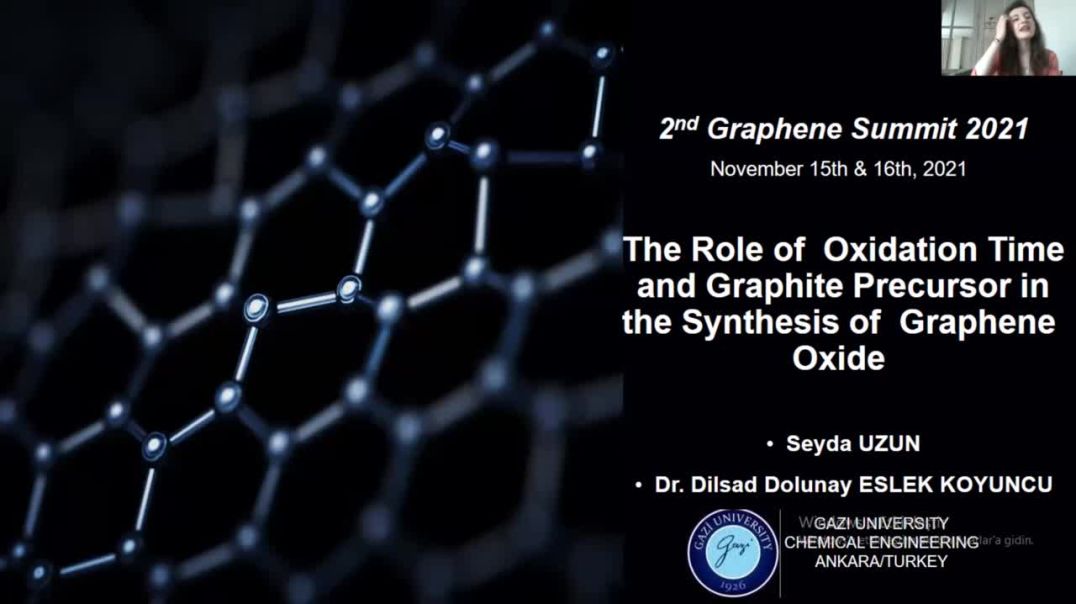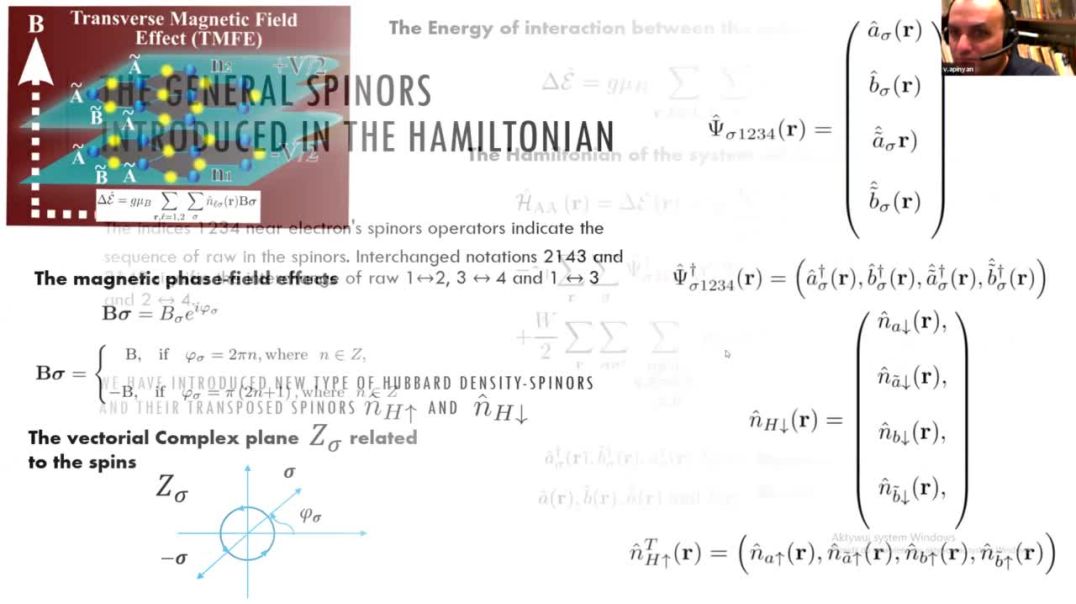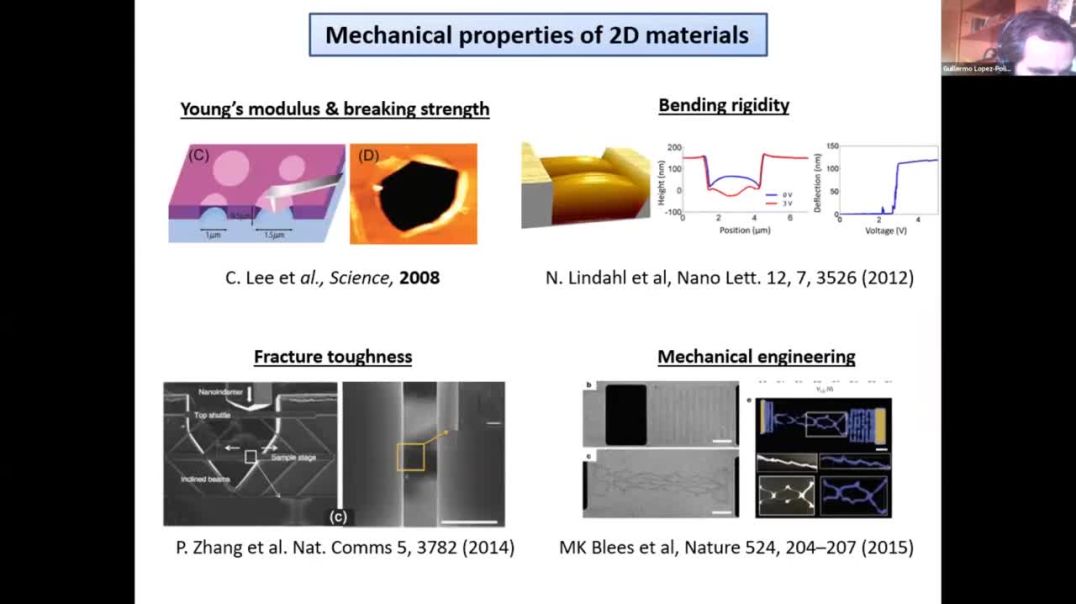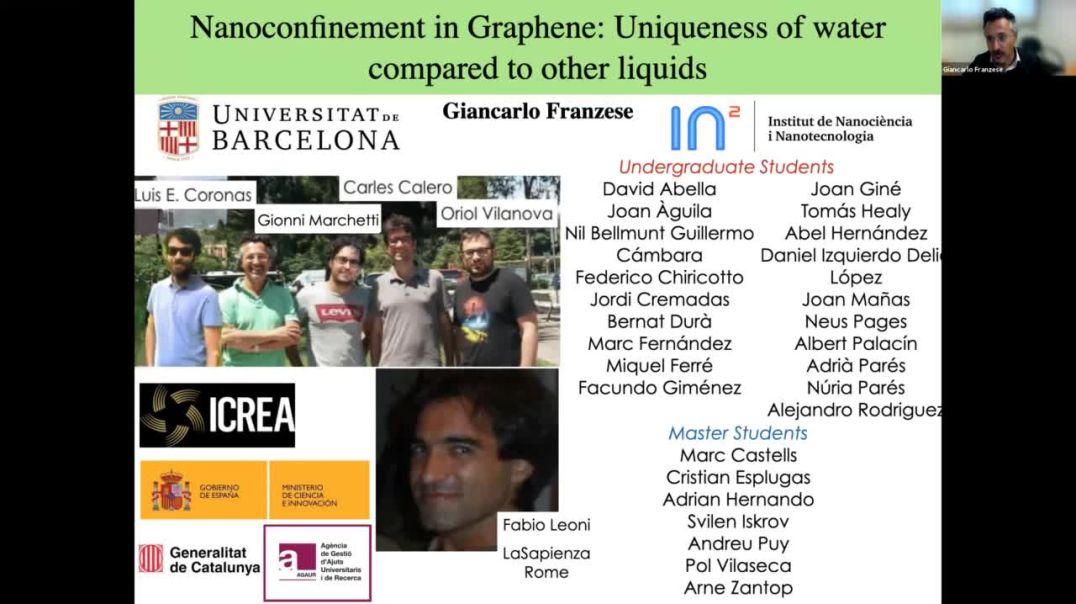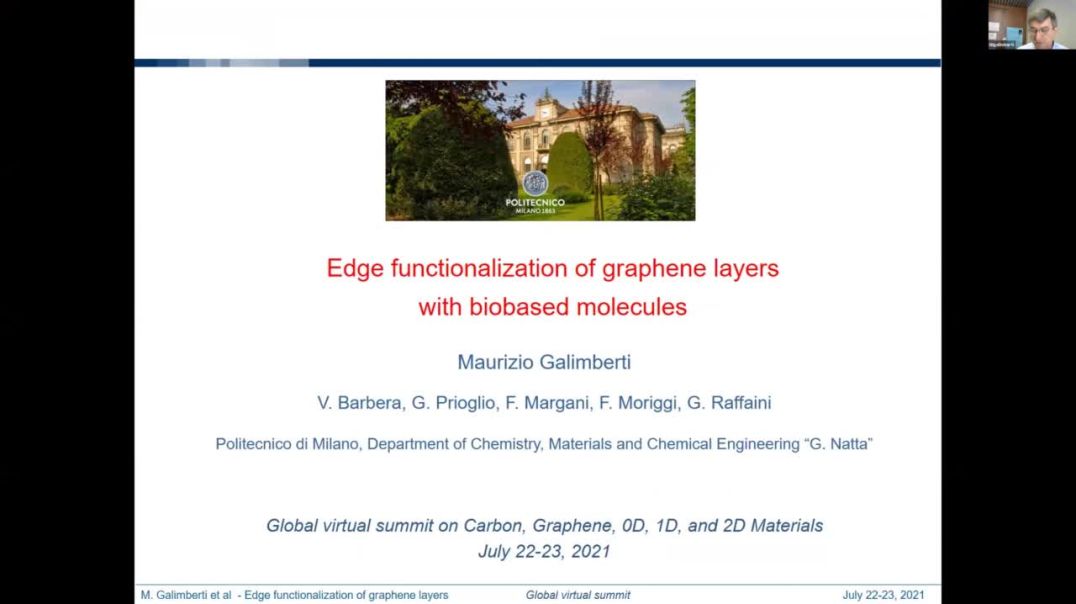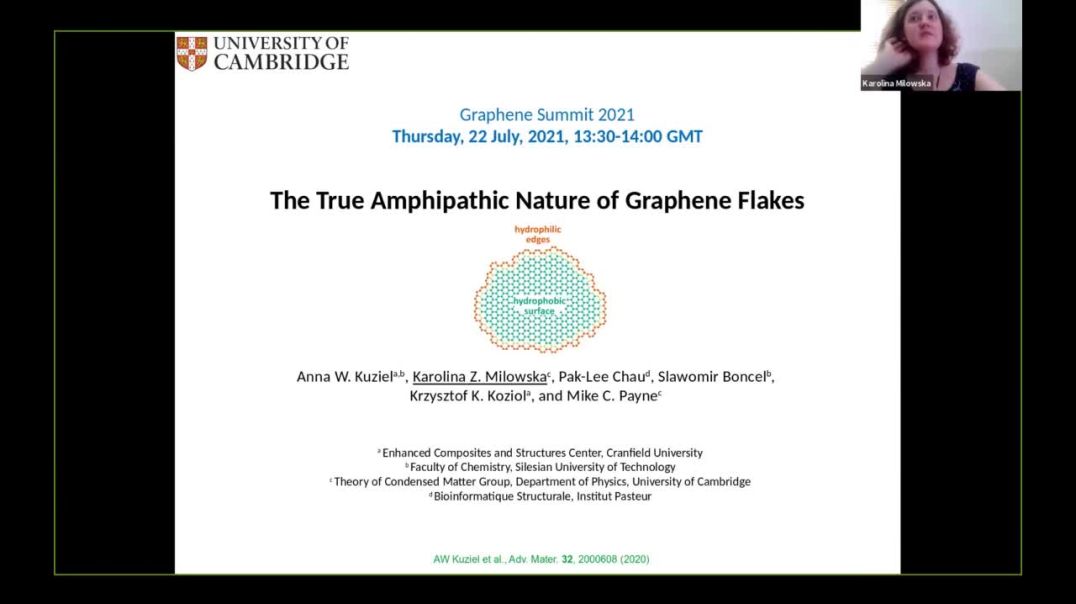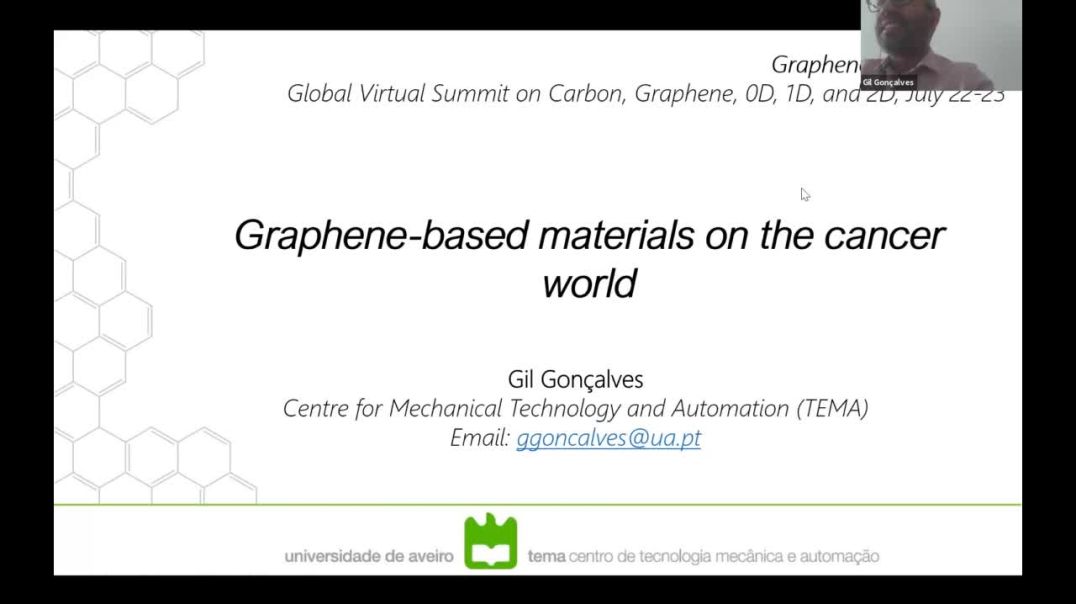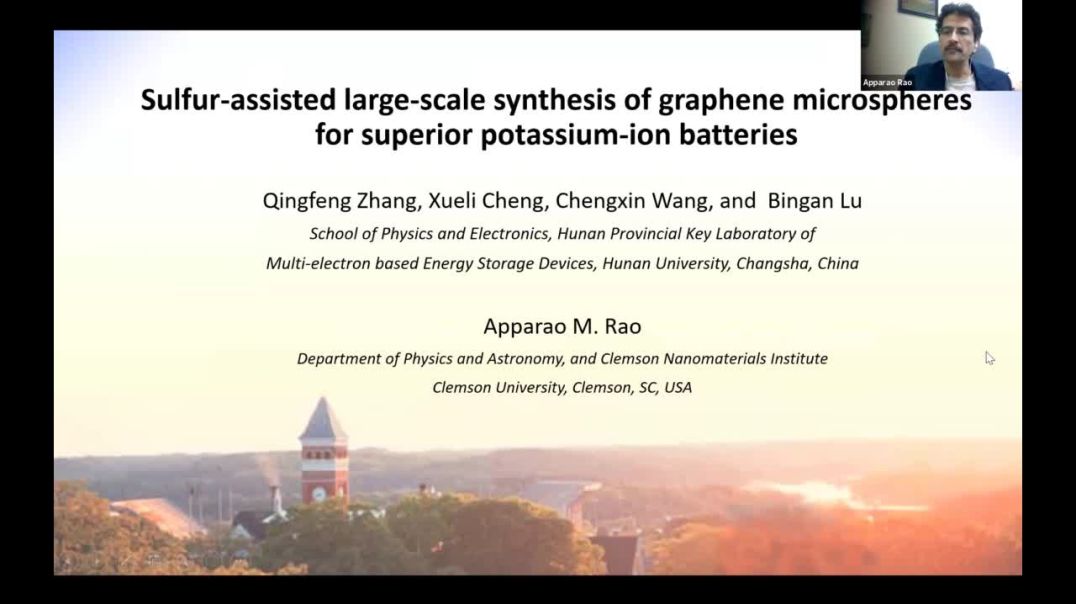Flow and Rheology of Sheared Graphene | Catherine Kamal
About Author :
For bulk production of graphene, large shear flows are required to exfoliate graphite into graphene particles. Optimizing the yield and quality of the graphene particles produced requires understanding how the particles behave in flow. We study theoretically the rotational dynamics and rheology of dilute suspensions of graphene in a simple shear flow. At large shear rates, a platelet with the interfacial hydrodynamic slip properties of graphene does not follow the periodic rotations predicted for classical colloids, but aligns itself at a small inclination angle φc with respect to the flow. This unexpected result is due to the hydrodynamic slip reducing the tangential friction at the graphene-liquid surface. For decreasing shear rate, we find that the platelet fluctuates about φc until a slip length dependent shear rate is reached. Below this value, Brownian forces are large enough to induce full rotations. We compare the rheology of the suspension to Molecular Dynamics simulations of graphene-like platelets and show that slip can dramatically change the macroscopic behaviour of the suspension. For example, at large shear rates, the effective viscosity of a dilute suspension of graphene platelets is smaller than that of the liquids for typical slip length values, and larger for no-slip platelets.
About Author :
So many things that we take for granted in our day-to-day life are enriched with a beautiful mathematical explanation. For example, the shape of a droplet `pinching’ can be explained analytically. Intrigued by such phenomenon, I completed a masters and Ph.D. in mathematics at the University of Bristol, UK. The focus of my Ph.D. was on thin films and contact line dynamics. For my current role, a PostDoc on the ERC project FLEXNANOFLOW, I model sheared graphene particles in flow. I have recently been elected as the Stokes Fellow at Pembroke College, Cambridge, where I will continue modeling carbon nanoparticles in flow.




